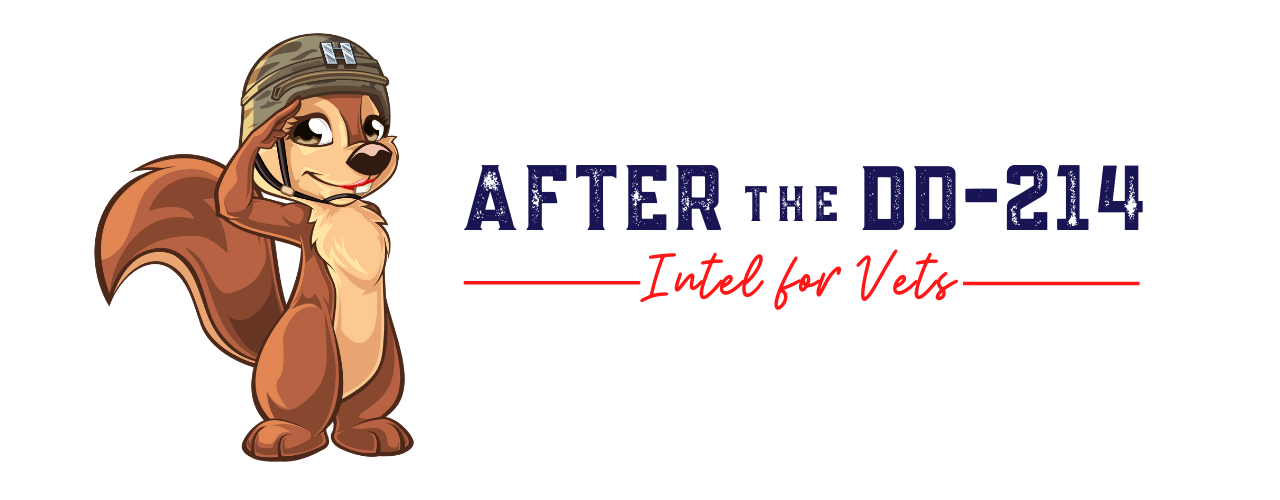When I worked at the college, I was surprised when my boss told me to call him by his first name. I was even more surprised when students started calling me by my first name. As a veteran and a former officer, I was used to clear distinctions between positions and a certain level of respect paid to those in positions of authority. I found the casualness of the environment uncomfortable and, in the case of a high school student who just met me using my first name, a little insulting. I’m not alone, apparently. At least according to Dawn McDaniel, who lists this as the first of five major challenges military members have to overcome when transitioning to the civilian work force.
McDaniel served in the Connecticut National Guard and is married to a National Guardsman (she was named 2014 Connecticut National Guard Spouse of the Year). She is also a graduate of Syracuse University’s EBV-F program, the current Executive Vice President of the Connecticut Veterans Chamber of Commerce, and founder and CEO of Bravo Delta Consulting, a company which helps bridge “the communication and cultural divide between military veterans and their employers.” Last year, McDaniel authored a short 12-page e-book guide titled Retention After Hire, which is designed to help employers and HR personnel understand some of the obstacles veterans encounter when crossing into the civilian workforce.
In this guide, McDaniel lists cultural assimilation as the primary challenge veterans face and lists five of the most common areas where these cultural differences manifest. “Uniform” is the first area. While McDaniel says that an overview of acceptable work attire would be useful for veterans during the onboarding process, this isn’t her focus. Instead, she says, the bigger issue when taking off the uniform is a loss of identity.
Our uniforms hold an immense amount of information about us – branch of service, rank, careerfield, unit, special designations (such as instructor or jumpmaster), and even combat experience. Encoded within all of those details are clear guidelines about how we should act. In a three second overview of someone’s appearance, you knew everything from what type of greeting was appropriate to what their knowledge base was and even how long they had been serving. Joining an environment where these indicators are no longer available, can, McDaniel says, have a “dramatic impact” on “a veteran’s confidence and sense of belonging.”
McDaniel’s take on the other four areas of challenge for veteran transition – which I’m not going to reveal here, you’ll have to read it yourself to find out! – are equally as insightful. And, although the guide is targeted towards employers and HR personnel, I think it is something a transitioning veteran should definitely read. It gives you both an idea of what to watch out for when transitioning and also lets you know where you can get ahead of the game. And, unlike some of the huge books out there about transition, this one is a quick and easy read.
McDaniel’s next publication, Secret Weapon: Five Keys to Leveraging Your Veteran Workforce, will be released soon and those who sign up to receive notification of its release can get a free copy of the 12-page guide I referenced in this post. If you’re interested, you can sign up here. If you just want to get your hands on the guide, you can get it from Amazon for just $1.99 (or for free if you’re a Prime member with a Kindle device.
© 2014 – 2019, Sarah Maples LLC. All rights reserved.

1 Comment
Captain
11 July 2014 at 17:29Her new book is now out! http://www.amazon.com/dp/0990391701/ref=cm_sw_su_dp